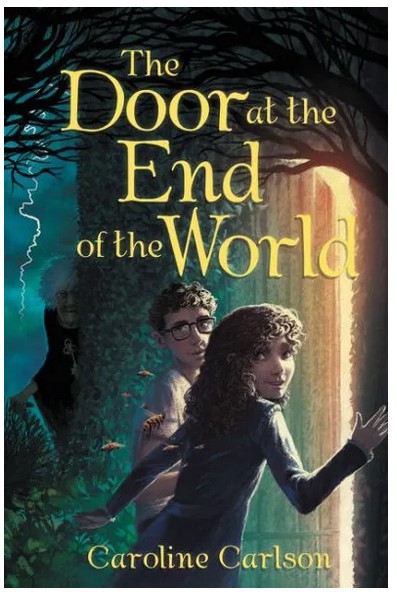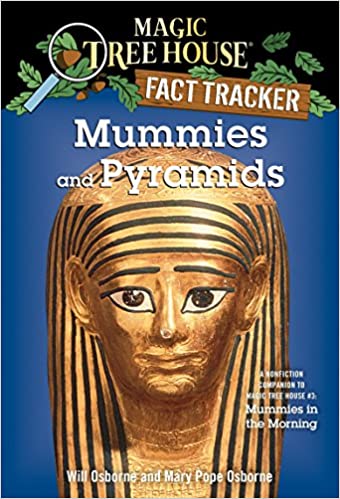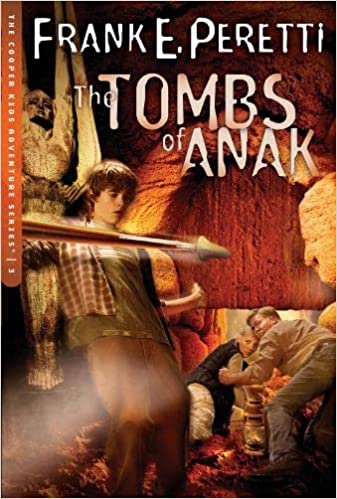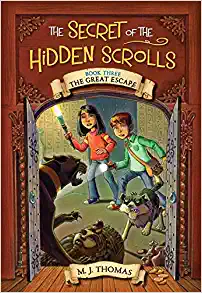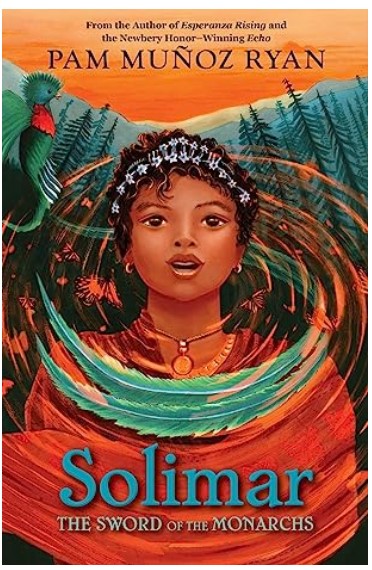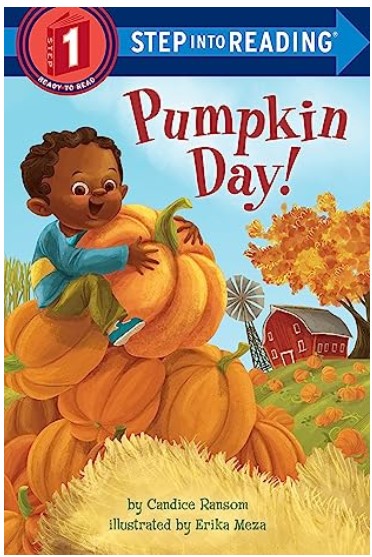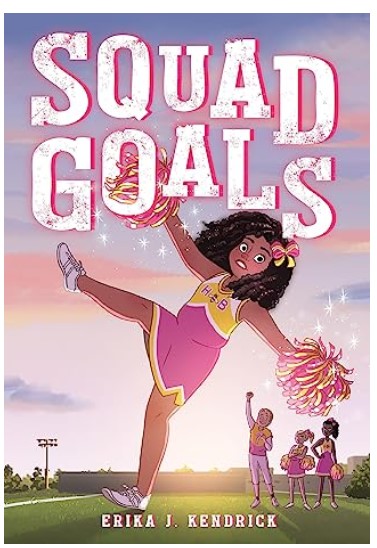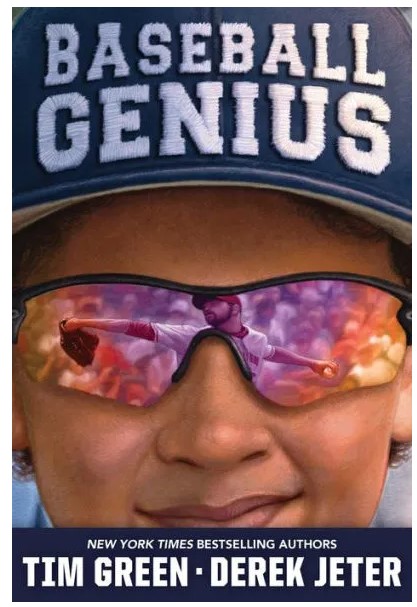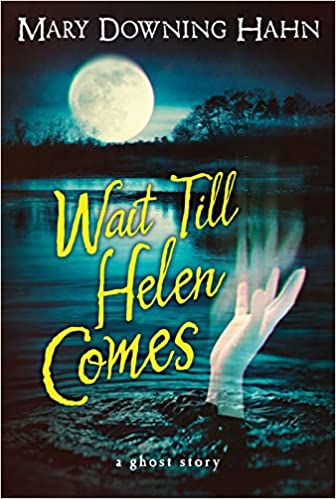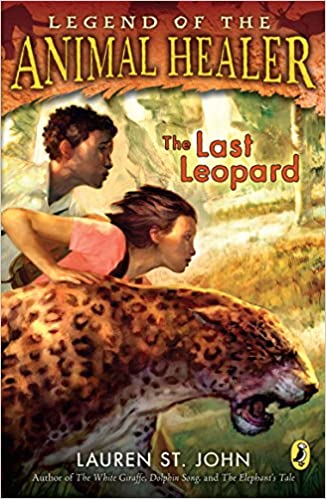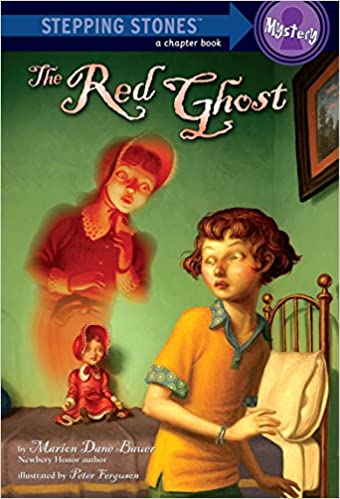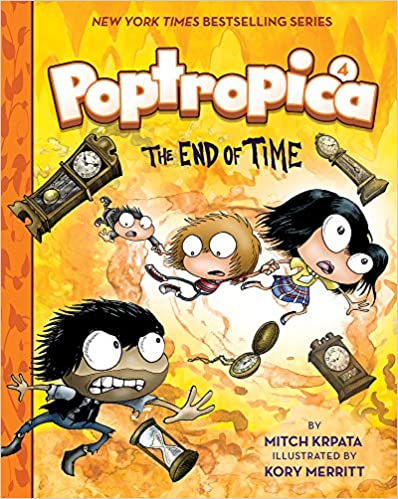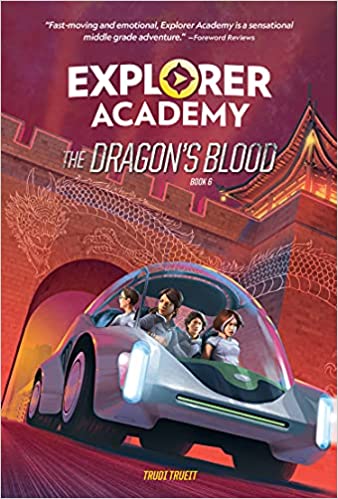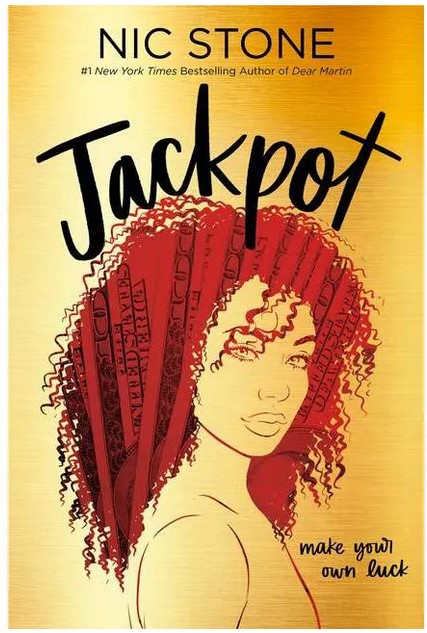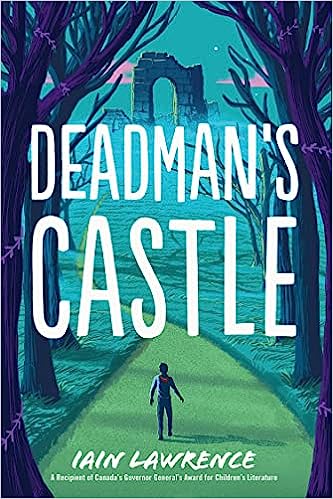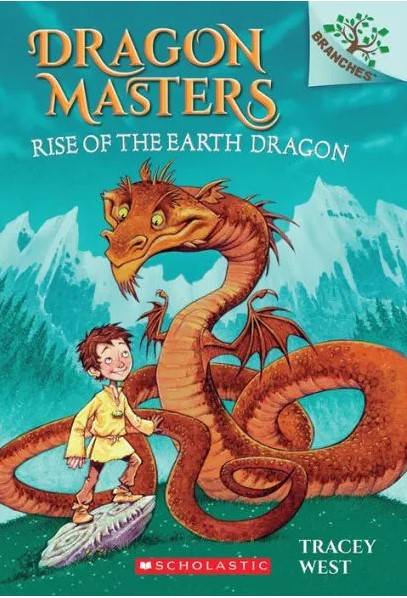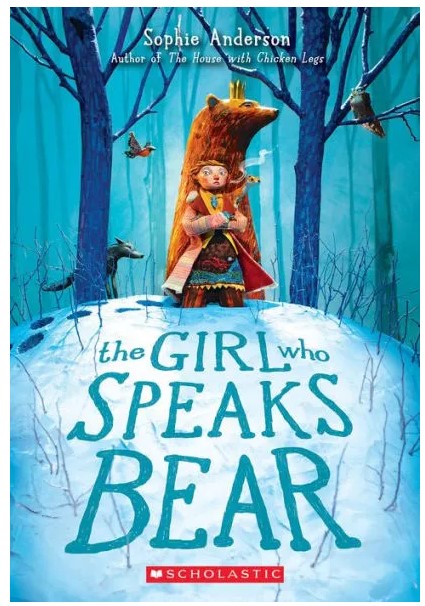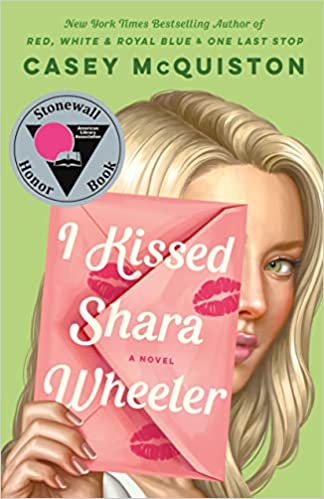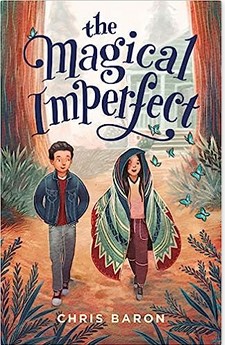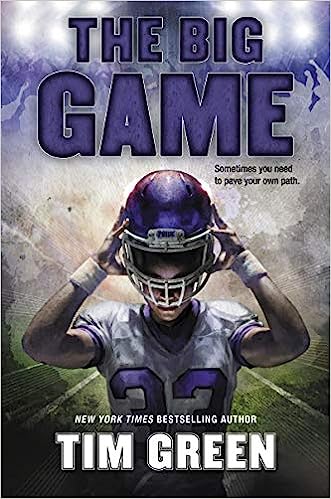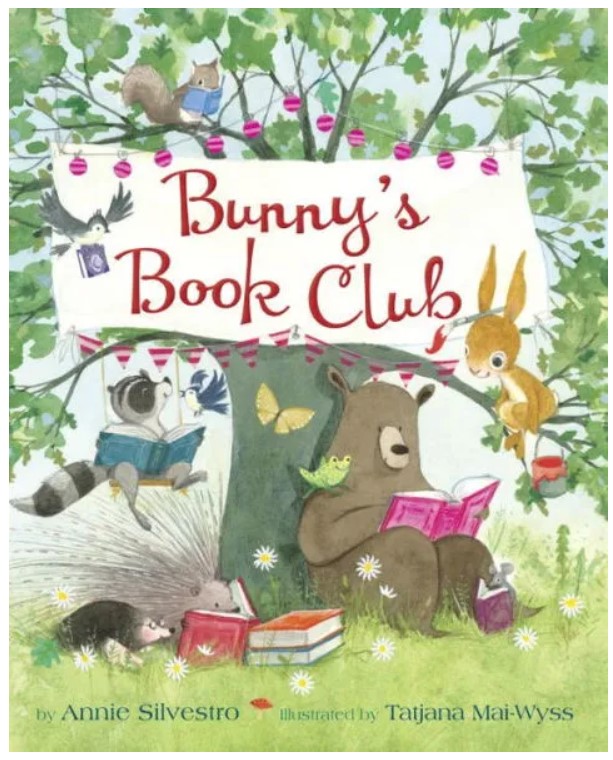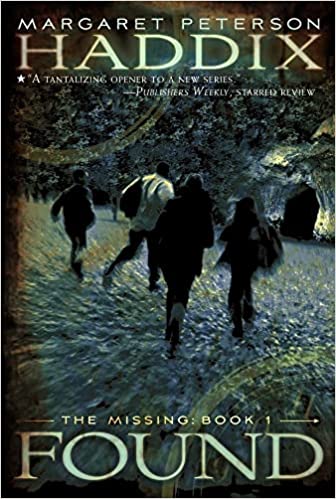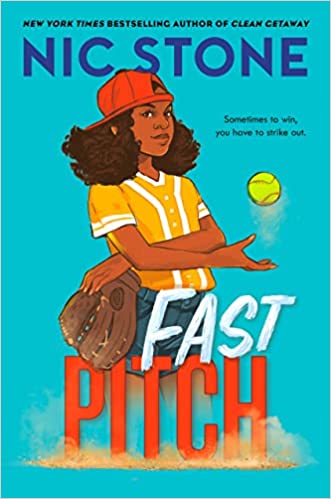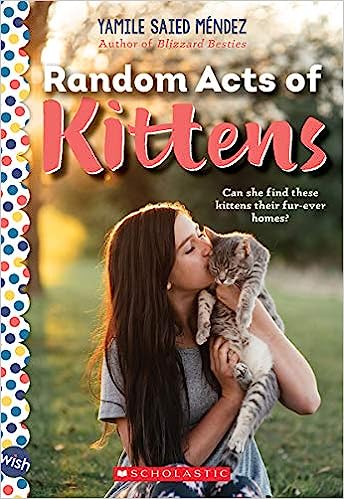Lucy Eberslee is a thirteen-year-old girl working as the Gatekeeper’s deputy, a job which she takes very seriously. As the gatekeeper’s deputy, Lucy stamps passports and files travel forms for travelers as they pass through the doorway to another world; her world, Southeast, is one of eight worlds visitors can travel to. One seemingly normal Thursday turns into a chaotic journey when Lucy’s boss disappears.
On top of this, a boy from the Eastern world, Arthur, accidentally leaves his world and enters Lucy’s. Upon trying to open the door to Arthur’s world, Lucy realizes that the door is stuck and that something bigger is going wrong. Lucy and Arthur decide they need to get professionals involved, and so they begin their journey to the Interworld Travel Center to talk to its chief, Mrs. Bracknell.
Lucy is a sympathetic character who struggles with being overshadowed by the rest of her family. Lucy reveals that her parents work in high positions in The House of Governors, and her older brother, Thomas, “is a member of the Interworld Travel Commission.” Lucy’s job as the Deputy gatekeeper makes her feel less invisible, as she explains, “I’d done well enough in school, but I’d never really stood out. Even my teachers had a habit of not quite remembering I was there unless they read about [my brother] in the news or needed a favor or advice from my father.” By the end of the novel, Lucy’s older brother, Thomas, tells Lucy that she has proven herself to be very brave and inspired him to speak out when something seems wrong.
Arthur is an equally sympathetic character because of his willingness to help Lucy, even though he has just met her. Arthur and Lucy bond over their feelings of being invisible. When Lucy asks him if his family will notice he is missing, Arthur says, “After a month or so it might occur to my father that I haven’t come downstairs for dinner in a while. He’s got eight sons, though, so he won’t mind misplacing one.” Arthur’s perspective allows the reader to feel that they are learning about all the worlds right alongside him and they will enjoy Arthur’s excitement when experiencing new things as he explores all eight of the worlds.
As Lucy and Arthur investigate who is really behind the closing of the worldgates, they realize they need respected adults to help. The conclusion involves an extremely chaotic, but entertaining, scene in which the villain is revealed. Because of her adventure, Lucy demonstrates personal growth, especially when it comes to speaking her mind and standing up for herself. In the exciting conclusion, Lucy is put in charge of “the team that’s opening up all of the worldgates again.” Lucy begins to recognize her own talents and abilities, as she says, “It’s going to be total chaos to organize . . . but I think I’ll be good at it.”
Readers who enjoy fantasy, magical creatures, and reading about different universes will love The Door at the End of the World. Overall, the story highlights important messages like having confidence in yourself, appreciating what makes you special, and speaking up when something is wrong. Readers looking for more magical adventures should also read the Explorer Academy Series by Trudi Trueit and the Wizard for Hire Series by Obert Skye.
Sexual Content
- None
Violence
- Lucy’s boss, the Gatekeeper, does not enjoy spending time with another gatekeeper called Bernard. The Gatekeeper explains, “I’d rather have my ears nibbled off by a thistle-backed thrunt [a spiky, destructive, dangerous creature that tears everything it encounters to shreds] than have to spend the day with Bernard.”
- When a man, Mr. Silos, finds out that Lucy is affiliated with Interworld Travel, he feels that he is being threatened for his illegal interworld smuggling deals. Lucy notices, “Mr. Silos turned back to look at me and Arthur, studying us . . . His right hand crept towards his gun.” He does not actually shoot at them.
- The thrunt “munched the floorboards” in front of Lucy and Arthur. Lucy says, “There was no point in trying to escape; I couldn’t sprint half as fast as the thrunt could move. What would it feel like, I thought in a panic, to be eaten from the toes up?” Luckily, Arthur and Lucy are rescued.
- Rosemary, a girl who at first pretends to be another deputy gatekeeper like Lucy, but later admits she is a smuggler of interworld goods, kills the thrunt; “a beam of golden light shot out from the doorway, there was a loud sizzling noise, and the thistle-backed thrunt split neatly in two.”
- Rosemary offers Arthur and Lucy her “InterCom cards” to use as communication. Rosemary threatens them about losing the devices, saying, “You’d better not lose them, or Pa will sell your ears on the black market to make up for it.” Rosemary later admits that she’s joking.
- Lucy and Arthur are horrified to discover that when they left their room at Interworld Travel, someone poisoned their magical bees. “[Lucy] heard a thin, frantic hum. The floor of the closet was carpeted in bees. They were moving, but barely; some crawled listlessly toward my feet . . . I wasn’t any sort of an expert when it came to bees, but even I could tell something was badly wrong.”
- The bees spell out “FLOWERS,” indicating that someone brought poisonous flowers into their room to kill them. Sadly, some have died. “The [bees] who died must have come closest to the flowers; the rest were still doing poorly, but when I placed a little saucer of sugar water on the floor, they perked up enough to shuffle over and taste it.” Rosemary tells Lucy she thinks someone poisoned the bees as “a warning.”
- Lucy worries that the head of Interworld Travel, Mrs. Bracknell, has killed all the gatekeepers. Lucy explains, “If Mrs. Bracknell had harmed my own frizzy-haired, heavy-footed Gatekeeper, I didn’t want to think about it.”
- Mrs. Bracknell tries to flee, but the kids discover her plan. Rosemary explains, “[Mrs. Bracknell] cut that awful hole in the ground and said that if I tried to warn [Lucy and Arthur] to stay away, she’d push me through it.”
Drugs and Alcohol
- None
Language
- Characters occasionally exclaim, “Oh, worlds!”
Supernatural
- A swarm of bees follows Lucy. The bees can spell out words. Lucy explains to the bees that she thinks the Gatekeeper has gone missing. “The bees huddled together over my head, humming to each other. After a minute or so, they spread out to form foot-high letters against the backdrop of the sky. SPARE KEY?”
- While researching the magical gatecutters that are able to cut open entrances to other worlds, Lucy and Arthur are attacked by a “thistle backed thrunt.” The “thrunt” “can chew through almost any substance and travel as fast as an automobile. It has four rows of teeth, a powerful jaw, and an insatiable appetite. If an unprepared traveler stumbled across a thrunt, however, he will surely be devoured.”
Spiritual Content
- None
